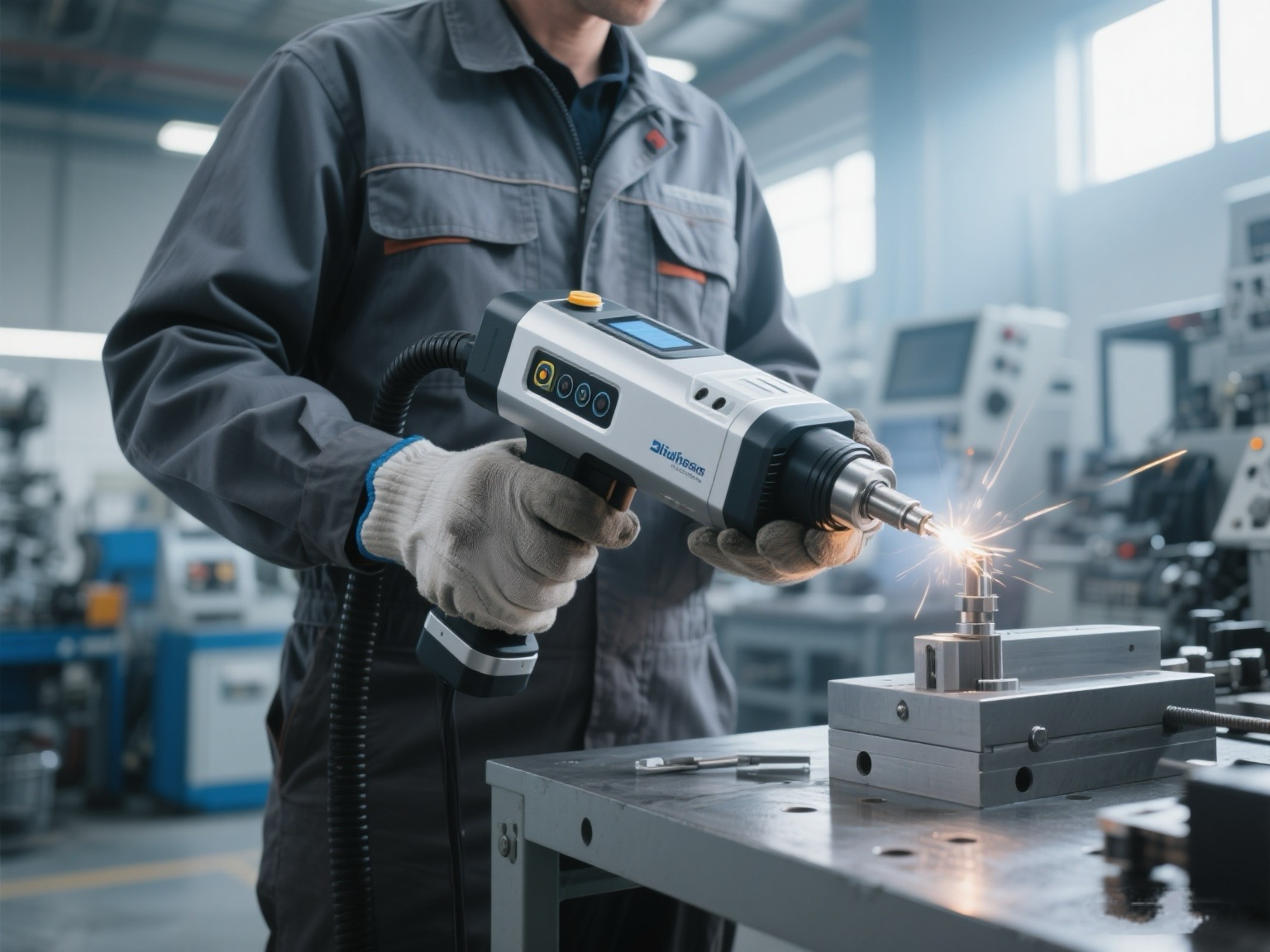Although there are no so-called technical secrets in the welding process, there are many welding techniques, methods and processes in the actual welding process that can make the welding process easier. These processes are called technical know-how. Welding technical know-how can save time, cost and labor, and can even determine the success or failure, profit or loss of welding.
Most welding processes are mainly based on scientific research, and some welding processes are based on actual welding experience. This article introduces the synthesis of welding experience in practice.
I. Welding process problems and solutions:
1.1 Welding of thick plates and thin plates:
1. When welding steel workpieces with gas shielded arc welding (GMAW) and flux-cored arc welding (FCAW), if the plate thickness of the workpiece exceeds the maximum welding current that the welder can reach, how to deal with it?
The solution is to preheat the metal before welding. Use propane, standard gas or acetylene welding torch to preheat the welding area of the workpiece at a preheating temperature of 150-260℃, and then weld. The purpose of preheating the metal in the welding area is to prevent the weld area from cooling too quickly, so as to prevent cracks or unfused welds.
2. If a thin metal cover is welded to a thicker steel pipe by using gas shielded arc welding or flux-cored arc welding, if the welding current cannot be adjusted correctly during welding, two situations may occur: one is to reduce the welding current to prevent the thin metal from burning through, and the thin metal cover cannot be welded to the thick steel pipe at this time; the other is that the welding current is too large to burn through the thin metal cover. How should it be handled at this time?
There are mainly two solutions.
① Adjust the welding current to avoid burning through the thin metal cover, and preheat the thick steel pipe with a welding torch, and then weld the two metal structures using a thin plate welding process.
② Adjust the welding current to be suitable for the welding of thick steel pipes. When welding, keep the welding arc on the thick steel pipe for 90% of the time, and reduce the time on the thin metal cover. It should be pointed out that only when this technology is mastered can a good weld joint be obtained.
3. When welding a thin-walled round tube or a rectangular thin-walled pipe fitting to a thick plate, the welding rod tends to burn through the thin-walled tube part. In addition to the above two solutions, are there any other solutions?
Yes, mainly using a heat sink during welding. If a solid round rod is inserted into a thin-walled round tube, or a solid rectangular rod is inserted into a rectangular pipe fitting, the solid rod will take away the heat of the thin-walled workpiece and prevent burn-through.
Generally speaking, solid round rods or rectangular rods are tightly installed in most hollow tube or rectangular tube materials supplied. When welding, care should be taken to keep the weld away from the end of the tube, which is the weakest area most prone to burn-through.
4. When a galvanized or chromium-containing material must be welded to another part, how should it be operated?
The best process is to file or grind the area around the weld before welding, because the galvanized or chromium-containing metal plate will not only contaminate and weaken the weld, but also release toxic gases during welding.

1.2 Welding of containers and frame structures:
1. If a welding process (such as brazing) is used to seal a buoy or the end of a hollow structure, how to prevent hot air from entering the container and causing the container to burst during the final sealing of the weld?
First, drill a 1.5mm diameter pressure relief hole on the buoy to facilitate the circulation of hot air near the weld and the outside air, then perform closed welding, and finally weld and seal the pressure relief hole.
When welding gas storage container structures, pressure relief holes can also be used. It should be noted that welding in a closed container is very dangerous. Before welding, ensure that the inside of the container or pipe is clean and avoid the presence of flammable and explosive items or gases.
2. When it is necessary to weld the screen, wire mesh or extended metal to the steel structure frame by gas shielded arc welding, flux-cored arc welding or tungsten arc welding, the wire mesh is prone to burn-through and the weld is not fused during welding. How should it be handled?
① Place a non-metallic gasket on the wire mesh or extended metal and clamp the gasket, wire mesh and frame together. Chromium-containing or galvanized gaskets are not allowed. The gasket should be uncoated.
② Place a larger gasket on the upper part of the gasket to be welded as a heat sink. The upper gasket should have a larger hole than the lower gasket to avoid the upper gasket being welded together. Then plug weld through the two holes of the gasket, and the weld should be in the lower gasket part. The operator can take some other methods to get enough heat and weld, and pay attention to prevent the surrounding screen or wire mesh from burning through.
③ Another method is to use a metal plate with holes, align the holes with the part to be welded, place a heat dissipation gasket, and then plug weld.
Okay, we will stop here for this article. The next article will introduce you to other welding techniques, such as: repairing welded components, how to strengthen plate welding, controlling noise and vibration, etc. Bookmark this article so that you can read the next article at the same time!

